James decided to add, little by little, the following elements to his speaking:
- More facial expression. Slow down and enjoy the moment with your audience. Relax your face. Allow a smile whenever it is appropriate. The more you engage with your audience (every 7-9 minutes or more often) the more you will relax, and that will show on your face.
- More connection. Keep sending your energy outward with your eye contact, and make a point to really “see” your audience members, one by one.
- More rehearsal. Rehearse the beginning and ending so that you have zero fillers there, and so that you don’t rush through these all-important parts of your presentation.
- More compelling visuals. Start small when moving from bullets to graphical slides by adding graphical elements, images, photos or video clips, but do begin to move in that direction. Consider experimenting with an occasional Prezi instead of PowerPoint, especially when handouts aren’t as critical, or when presenting at an outside event. At the very least these will break up the bullets and look more appealing than the typical technical presentation.
- More polish during Q&A. Start using the neutral bridges as we discussed to restate or reframe the question before answering. Use this even when you don’t plan to answer the question. State the bridge, and then tell why you are going to hold it or take it offline. When you must ask people to hold questions for the end, give them a reason such as “to honor your time” or “to keep us on schedule.”
- Better virtual presentations. Try keeping them even shorter, add some interesting graphics, use polls, engage with interesting but short stories, and put lots of energy into your voice. You might even want to stand up to speak with more energy.
What about you? Which of these could help you become even more effective in your speaking?
 Sections of this topic
Sections of this topic
















